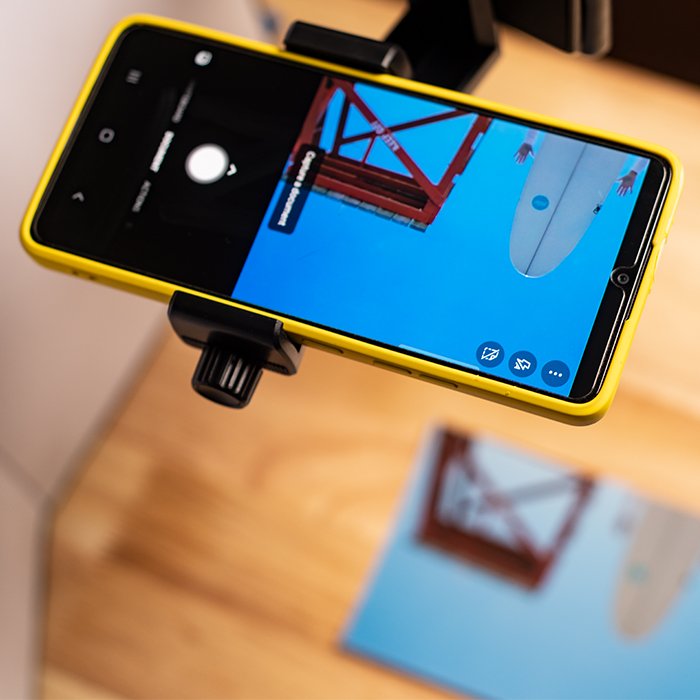
To choose these scanners, we looked for options that work for a variety of needs. Capabilities: Finally, if you want to scan in photo negatives or film strips, you’ll want to make sure you choose a scanner that has this capability or that has an adaptor for this purpose.Otherwise, you’ll need to do one at a time, which means scanning speed is even more important. If a scanner has a large feeder capacity, you’re able to do bulk scans of a lot of pictures. Speed: You’ll want to consider the feeder capacity or the speed of the scans.Some even come with retouching capabilities to remove scratches and other digital imperfections. Software: Photo scanners will come with software that allows you to view, edit, and save your photos.If it’s important for you to connect to your scanner wirelessly, you’ll want to check to see if it supports that interface.

Interface: Most scanners will be able to connect through USB, but some have Wi-Fi capabilities.The higher the dpi, the more detail you’ll be able to scan in. This is measured in dpi, or dots per inch. Resolution: One of the first factors you’ll want to consider is what resolution the scanner is able to convert the pictures to.When it comes to photo scanners, there are a few factors you need to keep in mind to help you make a purchasing decision. Best Novelty Option: Kodak Mobile Film Scanner.

Best Portable Option: Doxie Go SE Wi-Fi Scanner.Best for Film Scans: Kodak Slide N Scan Film Scanner.Best Middle of the Road Option: Plustek Photo Scanner.Best for MacBook Users: Canon ImageFormula RS40 Scanner.




 0 kommentar(er)
0 kommentar(er)
